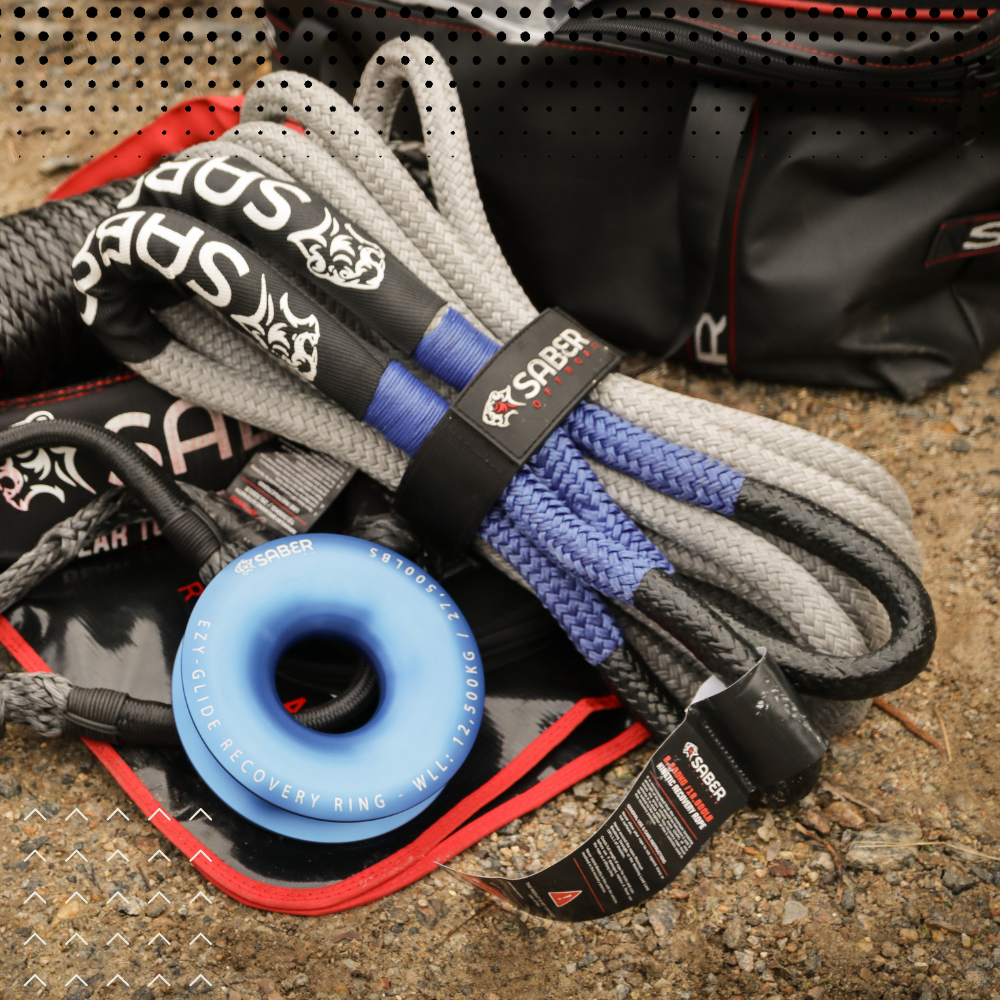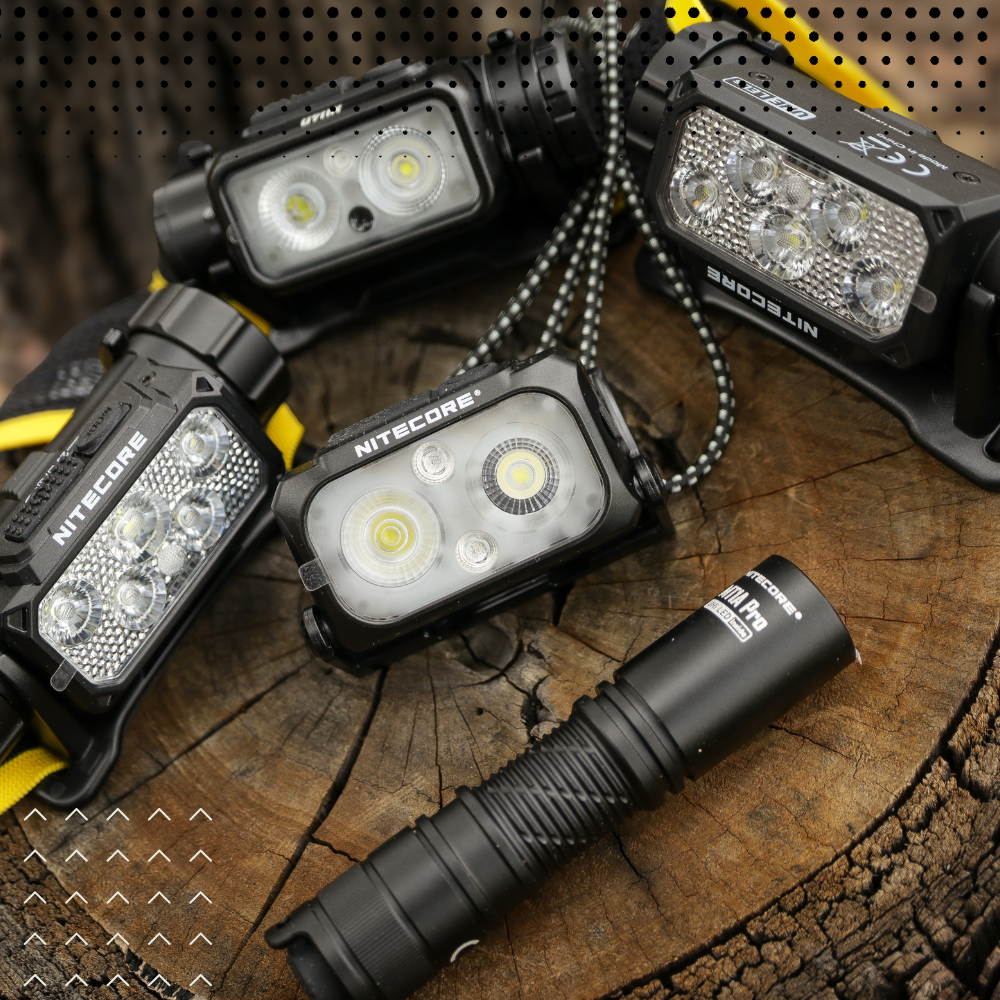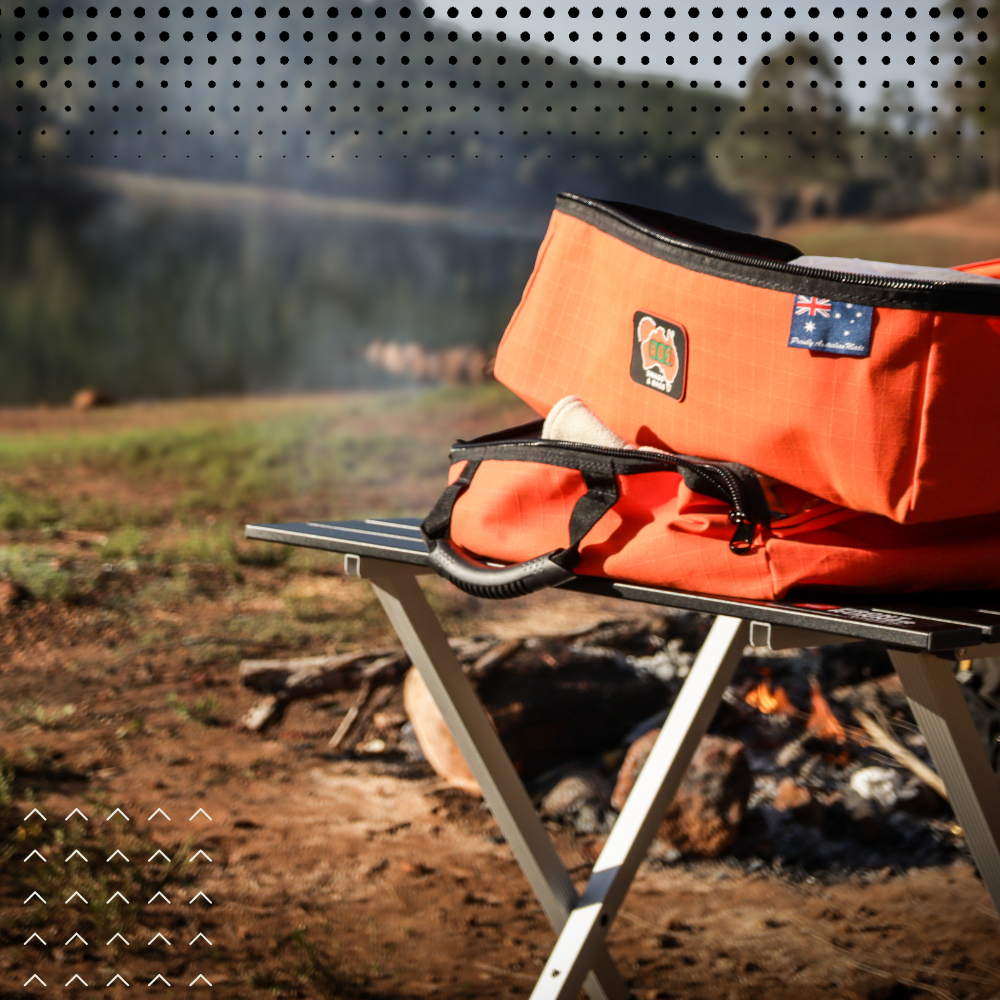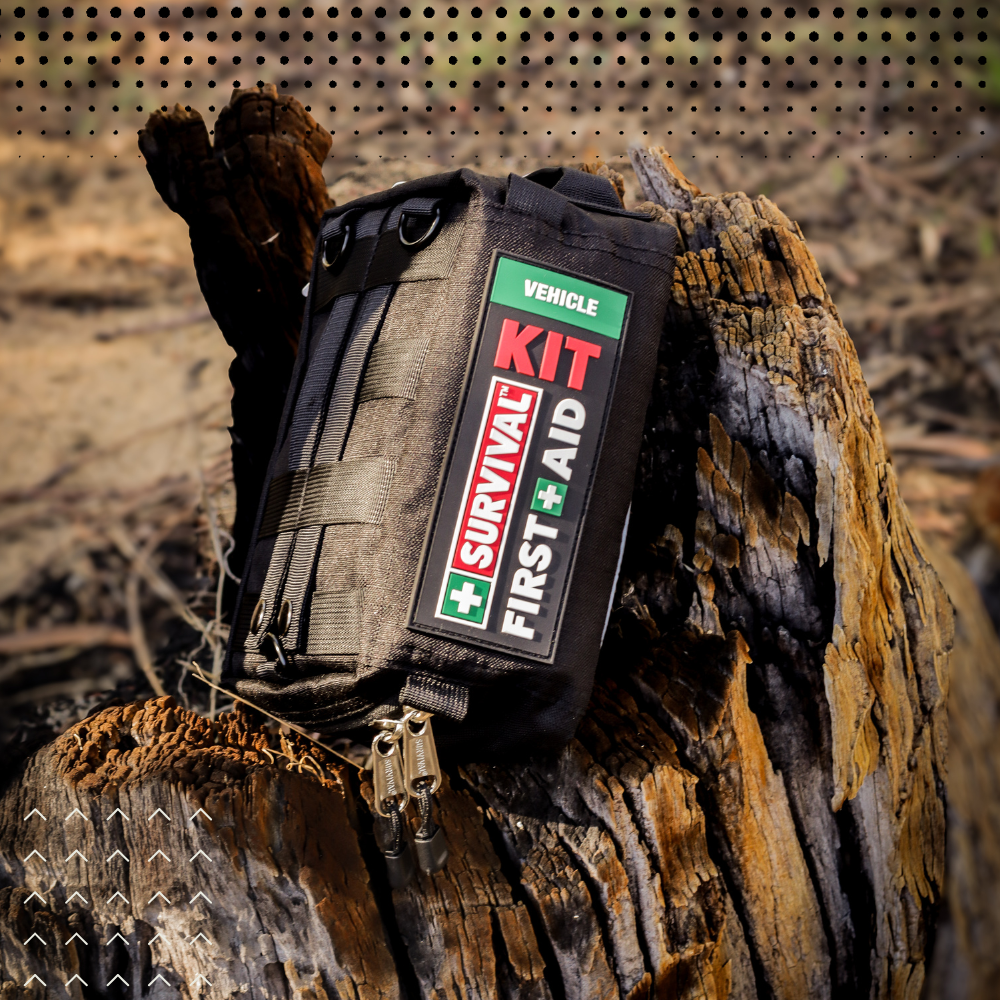Silky saws. Learn how to choose, use, and maintain your saws for overlanding, bushcraft, and outdoor adventures.
Written by someone who sells, uses and abuses them quite alot.
Silky Saw Basics
Silky Saw Basics | Insights from Overlanders
-
Where are Silky saws made?
At Ember, we only recommend tools we would use ourselves, and Silky saws are crafted in Japan by masters of steel engineering. Every saw is made from premium high-carbon steel, heat-treated for maximum durability, and individually inspected for precision and reliability. This level of craftsmanship is why professional arborists, overlanders, and serious outdoorsmen trust Silky for every cut.
-
What are Silky saws used for?
Silky saws are purpose-built for serious outdoor tasks. We’ve tested multiple versions of them across countless overlanding trips, clearing trails, cutting firewood, and prepping camp. They excel at cutting logs, branches, and green wood quickly and safely. Unlike cheap alternatives, Silky saws provide efficiency and control, which is critical when you’re in remote locations or tackling heavy wood. They are also becoming much more popular with 4WDers as chainsaws are getting banned in national parks in the eastern states
-
Are Silky saws better than other hand / pruning saws?
Absolutely and we don’t say that lightly. Compared to standard folding or hand saws, Silky saws deliver:
-
Faster, cleaner cuts with less effort
-
Teeth that stay sharp for years
-
Handles designed for long sessions without fatigue
-
Reliable folding and locking mechanisms for safe transport
We’ve tested dozens of saws in harsh conditions nothing comes close to Silky when you need precision, durability, and consistency. - An interesting note to this is that silky saws are more ergonomically designed for back to back use, so you don't fatigue as quickly or get cramps etc.
-
Is a straight or curved Silky saw better?
We always recommend both in your kit, depending on the job:
-
Curved blades: Perfect for cross-cutting logs; they maintain consistent tooth contact for faster cuts.
-
Straight blades: Ideal for precision work, pruning, or small branches.
In our experience, overlanders and bushcrafters carry one of each, ensuring they’re prepared for any cutting challenge in the field. - or you can just have a few different blades.
- Straight blades are also better for cutting close to the ground as the curved blade can contact the ground on the forward stroke if your not paying attention
-
What types of Silky saws are available?
Professionals select their saws based on the task. Our top picks include:
-
PocketBoy: Compact, portable, perfect for backpacking or overlanding.
-
BigBoy Series: Large blades for heavy-duty firewood cutting our go-to for base camp prep.
-
Gomboys: The in between saw that is often forgotten but is great for all round use.
-
Professional Series: Designed for arborists, landscapers, and serious fieldwork. Usually these come with scabbards for being tied to a workers leg for back to back use
-
Specialty blades: Straight, curved, coarse, fine, each tailored for a specific wood type or cutting style.
We guide our customers to the right model for their needs, not just what’s popular.
-
Why choose Silky over a generic folding saw?
From years of professional testing, we can confidently say: generic saws fail where Silky excels. Cheaper saws have dull teeth, weak handles, and poor folding mechanisms they slow you down and risk accidents.
Silky saws:
-
Cut fast and smooth, even in tough wood
-
Stay sharp for thousands of strokes
-
Handle heavy-duty tasks without fatigue
-
Fold safely for transport
When you’re in the field, you don’t want to gamble — Silky delivers reliability every time.
-
Can Silky saws cut green wood?
Yes, and we’ve relied on them countless times in remote environments where green, sap-heavy branches were unavoidable. Silky’s precision tooth geometry allows clean cuts without binding, and coarse tooth models excel on softer or resinous wood. For us, this makes Silky saws the only saw worth carrying in unpredictable outdoor conditions.
-
Are Silky saws portable?
Portability is critical in overlanding and bushcraft. Every Silky model we recommend folds neatly into a protective sleeve or case, allowing safe transport in backpacks, glove compartments, or storage bins. Even the larger BigBoy saws collapse efficiently without compromising performance, professional-grade power, in a field-ready size.
-
Who uses Silky saws?
Silky saws are the go-to choice for:
-
Overlanders and campers: Firewood, trail prep, emergency situations
-
Arborists and landscapers: Professional tree and branch cutting
-
Bushcraft enthusiasts and survivalists: Efficient, reliable cutting tools
-
Gardeners and DIYers: Precision and durability for everyday tasks
We’ve seen first-hand how Silky’s quality allows users to work faster, safer, and more confidently which is why we recommend them without hesitation.
-
Are Silky saws suitable for beginners?
Yes, but it helps to learn from professionals. Silky saws are engineered for ergonomic, fatigue-free cutting, and the smooth stroke design minimizes mistakes. Beginners can cut cleanly with minimal effort, but following proper technique and safety protocols is essential. This is why we starting to provide tips and guidance through out the website, So novices become confident, competent users.
Choosing the Right Silky Saw
Choosing the Right Silky Saw | Recommendations
-
Which Silky saw is best for overlanding?
For overlanding, we recommend the GomBoy for portability or the BigBoy 2000 for heavy-duty camp prep clearing trees and all round awesomeness. These models balance lightweight design, safety, and cutting power, allowing you to tackle firewood and trail obstacles without carrying unnecessary weight. -
What blade length should I choose?
Choose based on your typical cutting tasks. Shorter blades (~180–210mm) are ideal for compact cutting and bushcraft, while longer blades (~330–400mm) excel for fast, heavy-duty cuts like large logs or basecamp firewood. Professionals often carry two lengths to cover every scenario. -
How do I choose the right tooth pitch?
-
The Larger the teeth: Cut softwood and green wood quickly, ideal for camping and trail prep
-
medium teeth: Provide smoother cuts for hardwood and detailed tasks
A medium tooth sized blade like the bigboy 2000 black handle is nicer to cut through harder dense wood as the tooth doesnt try to remove so much material at once.
-
Curved or straight for firewood?
-
Curved blades: Excellent for cross-cutting logs teeth stay in contact with wood for faster cuts
-
Straight blades: Offer precise, controlled cuts for branches or shaping wood
Professionals often carry one of each to ensure maximum versatility in the field.
-
Which handle is more comfortable?
-
Rubberized handles: Ergonomic, reduce hand fatigue during prolonged use
-
Wooden handles: Classic feel, durable, and lightweight
- Its hard to pick but i prefer we prefer the outback series the rubber handles are also really great though its a hard choice being honest.
-
Should I buy a folding or fixed blade?
-
Folding blades: Safer to carry, portable, perfect for overlanders or backpackers
-
Fixed blades: Faster and more rigid, ideal for heavy-duty tasks at camp
Our approach: for camping and overlanding is a folding saw.
-
Is the BigBoy 2000 too heavy for camping?
Not at all. Its the perfect size, the Big Boy 2000 folds safely and fits in a storage box, or backpack. Its cutting efficiency far outweighs the slight extra weight, making it a professional favourite. -
What is the most popular Silky saw?
The BigBoy 2000 is our top pick — used by overlanders, bushcrafters, and professional arborists alike. Its long blade, curved teeth, and ergonomic design handle almost any cutting task. -
Are specialty blades worth it?
Yes. Specialty blades, such as ultra-fine or pruning-specific teeth, are worth the investment if you’re performing targeted tasks. Professionals appreciate the efficiency and precision they bring, especially in tight spaces or delicate work. However we do not stock fine teeth blades as we dont believe they are needed for camping - exploring and are used for finer workmanship - which just isnt needed for camping. -
How much should I spend on a quality Silky saw?
Expect to spend $80–$300 depending on model and purpose. We always advise buying the right tool once rather than repeatedly replacing cheap saws, which ends up costing more over time and slows your work.
Using Silky Saws Effectively
Using Silky Saws | Techniques Trusted by Professionals
-
How do you hold a Silky saw?
Hold the handle firmly with a neutral wrist, maintain a stable stance, and use long, controlled strokes. Avoid forcing the saw let the teeth do the work. -
Should I use it wet or dry?
Both are fine. In wet conditions, keep the blade clean and lightly oiled to prevent rust. We routinely cut green or damp wood, trusting Silky’s precision teeth. Just keep the blade dry when not in use and being stored -
How to cut safely?
-
Always clear the surrounding area
-
Stabilize the log or branch
-
Wear gloves and maintain a balanced stance
Following these steps prevents injury and maintains cutting efficiency. - Slow down as you come to the end of the branch so the blade doesnt come out of the log with force towards your legs.
-
Tips for cutting thick logs
-
Use the full blade length
-
Slow, steady strokes with consistent pressure
-
Rotate the log if necessary
Professionals never rush; efficiency comes from control.
-
Tips for cutting small branches
-
Short, deliberate strokes prevent binding
-
Use the tip of the blade for precision cuts
-
Keep wood supported and avoid twisting
-
How to avoid blade binding?
-
Support the wood fully
-
Use smooth back-and-forth motion
-
Avoid twisting the blade
Our experience shows minor adjustments prevent major frustration in the field.
-
Can I cut roots with a Silky saw?
Yes. Choose a coarse tooth blade, stabilize the root, and cut slowly. Use this method when clearing trails or prepping campsites. -
How fast should I saw?
Efficiency comes from controlled strokes, not speed. Let the teeth bite naturally; rushing leads to binding or blade damage. -
Can I cut overhead branches?
Only with caution. Support the saw fully, maintain a safe stance, and cut slowly. -
Using Silky saws in winter
Keep the blade dry, wear gloves that allow dexterity, and consider protecting wood from ice. Professionals in cold conditions rely on Silky’s consistent cutting performance even in freezing temperatures.
Maintenance & Care
Maintaining Your Silky Saw | Professional Care Tips
-
Can Silky saws be sharpened?
Yes. Using a triangular file, you can sharpen each tooth individually. Professionals sharpen when cutting efficiency drops noticeably, ensuring maximum performance in the field. - not every silky can be sharpened it depends on the blade. -
How to clean your Silky saw
-
Wipe after each use
-
Remove sap or resin with light oil or solvent
-
Inspect for chips or damage
Proper cleaning extends the blade life decades beyond cheap alternatives.
-
Should I oil the blade?
Yes. A thin coat of machine or mineral oil prevents rust, reduces friction, and keeps cutting smooth. Professionals always carry a small oil bottle in their maintenance kit. -
How to store a Silky saw
-
Fold into its protective sleeve
-
Keep in a dry, ventilated area
-
Avoid contact with moisture or corrosive materials
-
Preventing blade snapping
-
Don’t twist the blade
-
Avoid metal or rocks
-
Use appropriate pressure
Years of testing confirm that careful technique prevents most damage.
-
When to replace a blade
Replace if teeth are chipped beyond repair, or if repeated sharpening no longer restores efficiency. -
Maintaining folding mechanisms
-
Clean pivot points
-
Lightly lubricate
-
Check locking mechanism
Smooth operation is critical Nothing slows fieldwork like a jammed blade.
-
Handling rust
-
Light rust: remove with iron remover, you can purchase this from any Auto Store and is usually used for detailing cars
-
Heavier rust: soak in oil, then scrub gently
-
Always re-oil afterward
This prevents permanent damage and keeps your saw professional-grade.
-
How often to sharpen
Sharpen only when cutting efficiency drops, which varies by use.
Troubleshooting & Common Problems
Silky Saw Troubleshooting | Solutions come from Experience
-
Blade bends during cutting — why?
Twisting or side pressure causes bending. Instead stabilize the log and cut straight, letting the teeth do the work. -
Saw sticks in wood
Keep strokes smooth, support the wood, and lubricate sap-heavy areas. Proper technique prevents binding.
-
Handle feels loose
Check pivot screws and handle wear. Ensure every saw is mechanically sound before a trip. -
Saw gets stuck on knots
Slow, steady strokes, avoid forcing, and rotate wood if needed. -
Troubleshooting folding blade
Inspect pivot, clean debris, and lubricate. Maintain all folding mechanisms regularly for safety and performance.Advanced Tips & Hacks
Advanced Silky Saw Tips | Overlanders Tricks
-
Combining Silky saws with axes
Professionals use saws for precision cuts and axes for splitting, ensuring maximum efficiency and safety. -
Cutting efficiency tips
Use full blade length, consistent pressure, Cut upward into log from below if the Log has weight on it -
Portable setups for overlanding
Store saw in sleeve, pack with gloves. This is standard professional practice. -
Cutting at awkward angles
Support wood, use shorter strokes, maintain control, avoid forcing the saw. -
Campfire prep hacks
Pre-cut firewood, store dry, label by size. Professionals save hours by prepping before use. -
Cutting hardwood efficiently
Medium teeth Blade, slow strokes, proper support. -
Teaching beginners
Show grip, stroke, and safety before letting them cut.
-






